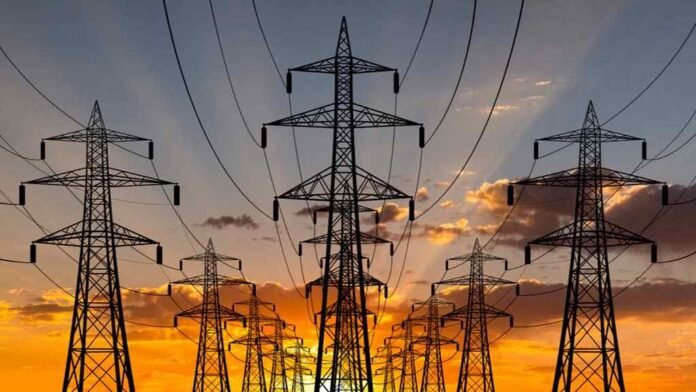Pakistan’s power sector has once again come under fire after the Auditor General of Pakistan (AGP) flagged financial and operational lapses worth a staggering Rs4,800 billion for the fiscal year 2023-24. The audit findings, soon to be reviewed by the Public Accounts Committee (PAC), suggest deep-rooted governance failures rather than isolated incidents.
A Systemic Breakdown, Not Just Scandals
The report paints a troubling picture of systemic mismanagement across the sector. Cases of outright theft, embezzlement, and misappropriation amount to Rs2.21 billion, while contractual and procurement irregularities stretch far higher, crossing Rs156 billion.
What’s more alarming is the disregard for internal rules and procedures—violations in this category alone add up to Rs507 billion. The AGP further flagged breaches of directives issued by the Ministry of Energy, Finance Division, and regulator NEPRA, collectively worth nearly Rs958 billion.
Receivables and Asset Irregularities
Another major issue highlighted is the ballooning unpaid dues within the sector. Outstanding receivables, primarily owed by consumers and the Central Power Purchasing Agency (CPPA-G) to distribution companies (Discos) and K-Electric, have now crossed Rs1.36 trillion.
The audit also shed light on irregularities in the tagging and valuation of assets at Discos and Genco-I, pegged at Rs624 billion—a problem that not only distorts financial reporting but also leaves room for further mismanagement.
Human Resource and Service Delivery Issues
On the operational side, questionable practices in HR management and employee benefits cost the sector Rs4.47 billion. The audit additionally flagged recoveries worth Rs21.6 billion in just seven cases, suggesting either weak enforcement mechanisms or deliberate negligence.
Value-for-money and service delivery concerns were also identified, amounting to Rs22.2 billion, underscoring inefficiencies that directly impact consumers.
Other Financial Strains
The AGP pointed to an additional Rs1.05 trillion in miscellaneous problems—ranging from blocked investments and capacity payment claims to unresolved receivables and late payment surcharges. These issues continue to fuel the sector’s chronic circular debt crisis.


